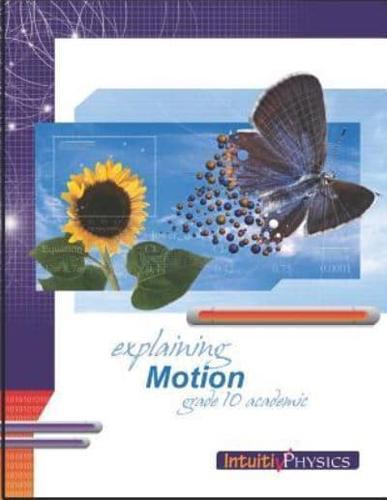Publisher's Synopsis
Every pencil-and-paper student exercise has its own parent / teacher guide, to help you teach your child. Your student will investigate the motions of bicycles, soccer balls, and their own bodies in everyday play, using diagrams. All your child needs is a pencil, some paper, and basic addition, subtraction multiplication and division. No algebra! For example, your child sees a soccer ball lying motionless, and gives the ball a kick toward a friend. The ball moves smoothly toward the friend, who stops the ball with another nudge, leaving the ball motionless once again. We will study four aspects of that motion over four weeks, .Students will learn to draw velocity: time graphs to describe simple motion, and relate that motion to gaining and losing momentum. Students will calculate distance (displacement) as the area under a v: t graph.In their muscles, bones, tendons and nerves, children have a natural intuitive understanding of impulse, the ooomph! that gets a ball moving or stopping. We will make the most of their intuitive understanding: this Ooomph! is known to physicists as ?p, (change in momentum). Forces are present whenever momentum is exchanged. We will make use of the v: t graph and the concept of impulse to develop a simple model of force. This brief treatment of force is only enough to explain the events that the students are studying.Motion in 2 dimensions brings the student to a more realistic portrayal of moving objects in sports. Momentum offers the most effective subject for beginners to learn about vectors.we will study four aspects of that motion























